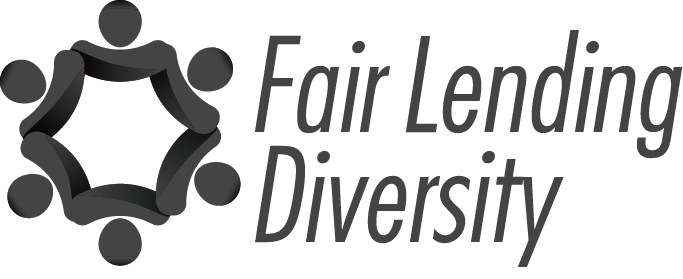“A merchant who approaches business with the idea of serving the public well has nothing to fear from the competition”-James Cash Penney (aka JC Penney)
This is Quick Hit #3 of the Incremental Fair Lending Progress series. If you missed Quick #1 or #2, you can find them on this blog.
When many lenders think of Fair Lending, the first thing that they generally state is, “we are a fair lender, we treat everyone the same”. Now if it were only that easy, then managing your fair lending program would be a piece of cake. In today’s world, I doubt that there are too many lenders that overtly discriminate by refusing to do business with a certain type of person. Thankfully, we have come a long way since overt discrimination was standard practice.
Those who have not been exposed to fair lending monitoring, may not realize the complexity of ensuring compliance with ECOA (Equal Credit Opportunity ACT) and the FHA (Fair Housing Act). Compliance with these regulations is far more expansive than overt discrimination.
My next Quick Hit #3 is “Understanding Your Program Offerings, and How They Compare to Your Peers”
In a fair lending evaluation, your performance is compared to the performance of your Peers. Generally, this means comparing you to lenders who are similar in size and scope to you. Unfortunately, there are no parameters for what dictates who your peers are; but your statistician can generally assist you with that. There are also software programs that will help you determine your performance in relationship to your peer performance.
When you are compared to your peers, and you are under-performing in an under-served area of your assessment area, then the first thing you should take a look at are your program offerings.
Here is a Checklist to Help You Get Started!
___What does the average homebuyer look like in the under-served portion of my assessment area? Seek average credit scores, down payment, type of financing, income, home value and general loan criteria.
___What programs does my company offer in this area?
___What programs do my peers offer in this area?
___What are the differences in those programs?
___Would any of the programs offered by your peers and not at your company, better meet the needs of that market? This is important to know as the examiner will ask you why your peers are able to offer programs that better fit the needs of the community, and your company does not.
___If you have detected disconnects in what you offer, versus what your peers offer, you’re going to need to justify the reasons (backed by empirical data). Or, you’ll need to figure out how you can offer more programs to pick up business in those areas when you have no true business justification.
___Do overlays exist that make your company a poor player in the under-served area? For instance, has your company added an overlay for clients who use grant money? If so, this increase in price will increase your rate and leave you less competitive in that area. If the pass through is from the investor, you cannot change that, however, if you added the overlay you will need a business justification backed by empirical data!
Once you have assessed any areas that may be problematic in your fair lending performance, it is important to set up team meetings with compliance and secondary to figure out viable solutions that will help each of you accomplish your initiatives. You may need a mediator in these meetings because your respective goals are very different! Secondary protects the flow of income and compliance protects the assets of the company. Both are required, so if you start with that understanding in mind, it may make the process easier.
Have more tips for this checklist? I value your feedback and I’m always looking to improve the checklist, so please leave your ideas in the comment section below!
Stay Tuned for Quick Hit Tip #4








